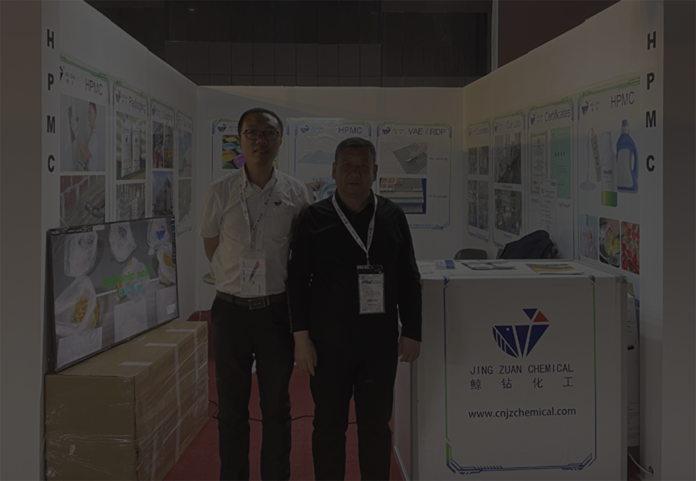
ഡിസം . 29, 2024 05:26 Back to list
hydroxyethyl cellulose manufacturing process
Hydroxyethyl Cellulose Manufacturing Process
Hydroxyethyl cellulose (HEC) is a non-ionic cellulose ether derived from natural cellulose, primarily extracted from plant fibers. Its unique properties, such as high water solubility, thickening capabilities, and film-forming abilities, make HEC an essential additive in various industries, including pharmaceuticals, food, cosmetics, and construction. The manufacturing process of hydroxyethyl cellulose involves several critical steps to ensure high purity and quality of the final product. Below, we outline the major stages involved in the production of HEC.
1. Raw Material Preparation
The first step in the manufacturing process is the preparation of cellulose, the primary raw material for HEC production. Typically, cellulose is sourced from wood pulp or cotton linters. The cellulose is purified to remove any impurities, including lignin, hemicellulose, and other substances, through chemical or physical methods. The purification process may involve bleaching agents or acid treatments to obtain high-purity cellulose.
2. Etherification Process
Once the cellulose is prepared, the next step is the etherification process, wherein the cellulose is reacted with ethylene oxide in the presence of an alkaline catalyst (usually sodium hydroxide). This step is crucial as it transforms cellulose into hydroxyethyl cellulose. The alkali treatment swells the cellulose fibers, allowing the ethylene oxide to penetrate them more effectively. The reaction is typically carried out under controlled temperature and pressure conditions to optimize the reaction rate and prevent degradation of the cellulose.
The reaction can be monitored to control the degree of substitution (DS), which refers to the average number of hydroxyethyl groups substituting the hydroxyl groups of the cellulose. A higher DS leads to improved solubility and thickening properties, making it suitable for various applications.
3. Neutralization
After the etherification reaction, the resulting hydroxyethyl cellulose must be neutralized to stop the reaction process. This is usually done by adding a neutralizing agent, such as hydrochloric acid, to adjust the pH of the mixture. This step is vital to ensure that the final product has a neutral pH suitable for different uses and does not cause skin irritation in cosmetic applications.
4
. Precipitation and Purificationhydroxyethyl cellulose manufacturing process

Following neutralization, the hydroxyethyl cellulose solution is diluted with water, leading to the precipitation of the product. The precipitate is then filtered to separate HEC from the liquid phase. After filtration, the HEC undergoes several washing steps to remove any remaining impurities and unreacted materials. This washing process is essential to enhance the purity of the final product, especially for applications where the presence of impurities can affect performance.
5. Drying
Once purified, the wet hydroxyethyl cellulose is dried to yield the final product. This drying process can be achieved using various methods, including spray drying or vacuum drying. The choice of drying method affects the granule size and moisture content of the HEC. Achieving the right moisture content is crucial, as excess moisture can lead to agglomeration and affect the flowability of the powder.
6. Milling and Standardization
After drying, the HEC may require milling to achieve a specific particle size that is optimal for its intended applications. Standardization is an essential step in this phase, where samples are taken to test for viscosity, solubility, and other critical properties. Adjustments can be made in the formulation to meet specific product specifications required by different industries.
7. Packaging
Finally, the hydroxyethyl cellulose is packaged for distribution. Packaging is done in moisture-proof bags to prevent the product from absorbing moisture during storage, which could affect its performance. Proper labeling of the packaging is also essential to ensure that users are informed about the product specifications and handling instructions.
Conclusion
The manufacturing process of hydroxyethyl cellulose is a multi-stage operation that requires precision and control to produce a high-quality product suitable for various applications. From raw material preparation to the final product packaging, each step plays a crucial role in ensuring the functionality and integrity of hydroxyethyl cellulose, making it a valuable ingredient in many industries. Through ongoing improvements and technological advancements, manufacturers continue to optimize these processes and expand the applications of HEC in the market.
-
Versatile Hpmc Uses in Different Industries
NewsJun.19,2025
-
Redispersible Powder's Role in Enhancing Durability of Construction Products
NewsJun.19,2025
-
Hydroxyethyl Cellulose Applications Driving Green Industrial Processes
NewsJun.19,2025
-
Exploring Different Redispersible Polymer Powder
NewsJun.19,2025
-
Choosing the Right Mortar Bonding Agent
NewsJun.19,2025
-
Applications and Significance of China Hpmc in Modern Industries
NewsJun.19,2025







